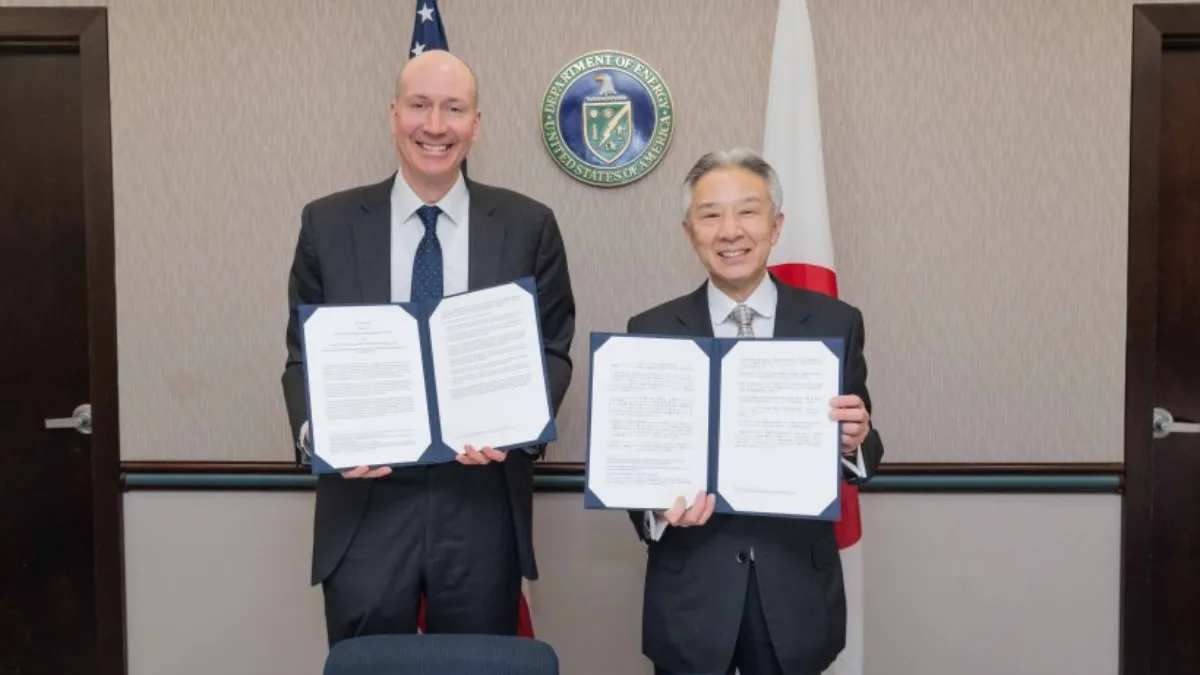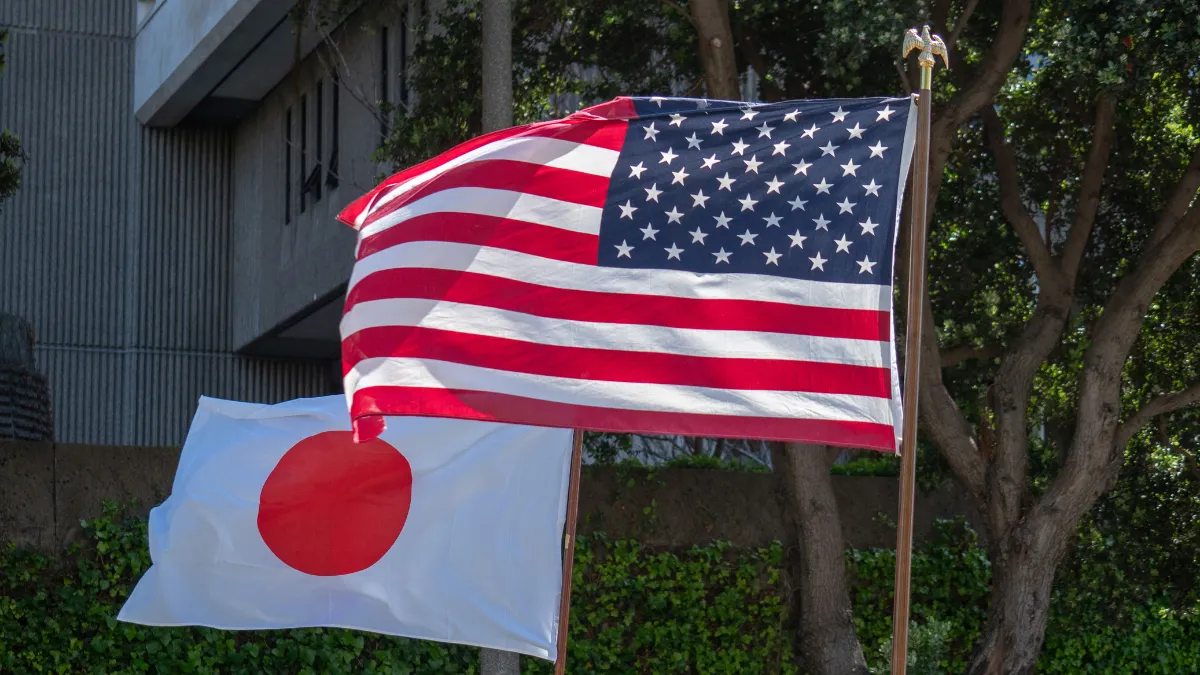Japan and the US form strategic partnership to accelerate the commercialisation of fusion energy
By Naomi Scott-Mearns
Japan and the US have formed a major new strategic partnership to accelerate the demonstration and commercialisation of fusion energy.
So what have they done and why is it significant?

What have they done?
Masahito Moriyama, the Minister of Education, Sports, Science and Technology in Japan, and US Deputy Secretary of Energy, David Turk, met in Washington D.C. on the 9th April 2024 to discuss how the two nations could work together to pursue the realisation of fusion energy.
The outcome of the meeting was the announcement of a new strategic partnership which will focus on advancing fusion energy through three already existing policies: the US Bold Decadal Vision for Commercial Fusion Energy, the Strategy for International Partnerships in a New Era of Fusion Development in the US, and the Japan Fusion Energy Innovation Strategy.
There are six core pillars that the partnership between the US and Japan intends to focus on:
- Addressing the scientific and technical challenges of delivering commercially viable fusion energy
- Exploring opportunities for shared access and development of facilities required for fusion research and development
- Promotion of the international harmonisation of regulatory frameworks and codes and standards for fusion
- Supporting the development of resilient global supply chains that facilitate commercial fusion deployment
- Supporting public engagement with communities to facilitate a social license for deploying fusion energy
- Promotion of skills development to ensure the people and talent for the fusion sector.
Why is it impressive? – further international commitment to collaboration for fusion
This is the second international partnership on fusion development from the United States. The first one announced was between the US and UK in November 2023. More are expected.
Why is it important? – building on a history of fusion collaboration
This partnership is a further example of the growing commitment to fusion energy. It’s encouraging that governments are looking to international collaborations to advance the technology and bring forward the timescales for fusion energy.
The purpose of this partnership is to “identify and delineate priority US-Japan collaborative opportunities to realise our shared vision for fusion energy as an integral part of the world’s future energy supply.”
The partnership between Japan and the US is a clear commitment by the two nations to work together to tackle key challenges and align resources to make sustainable energy from fusion. The six core pillars of the partnership seek to address some of the obstacles for commercial fusion, such as clear and common regulatory standards and a fusion-skilled workforce.
Japan and the US have a long shared history of working together on fusion. In 1979, the Coordinating Committee on Fusion Energy (CCFE) was established between the two countries and this new partnership aims to continue to leverage the CCFE to achieve the six pillars and “to further develop complementarity between US and Japanese resources and facilities in fusion, including those in universities, national laboratories and private companies in the respective countries,” says the Joint Statement.
Both nations also are participants in ITER.

What’s next?
The Coordinating Committee on Fusion Energy is expected to meet in the coming months to drive and deliver the work of the new partnership.
In a White House factsheet released about the Japan official visit to the USA, it was acknowledged that “Both of our countries recognise the importance of clean energy as we look to combat the effects of climate change and lay the groundwork for clean and resilient economic growth this century.”
Read the Joint Statement between the US DOE and the Japan Ministry of Education, Sports, Science and Technology Concerning a Strategic Partnership to Accelerate Fusion Energy Demonstration and Commercialisation.
